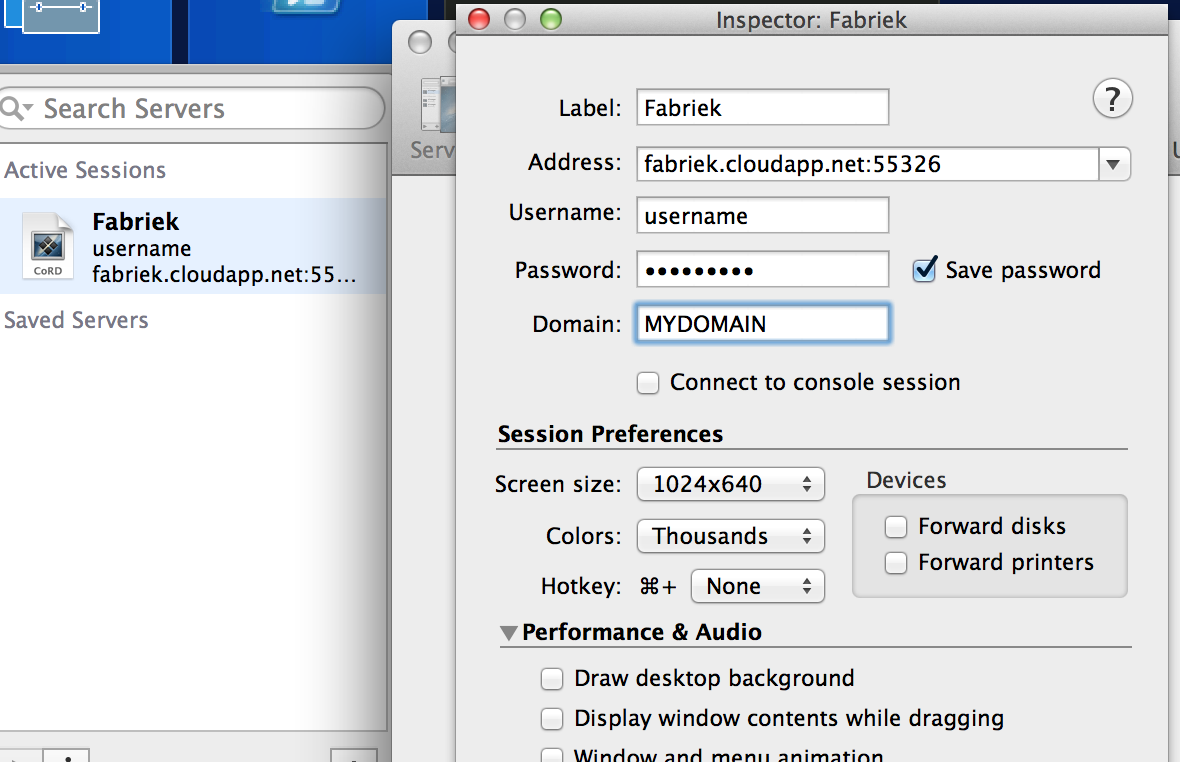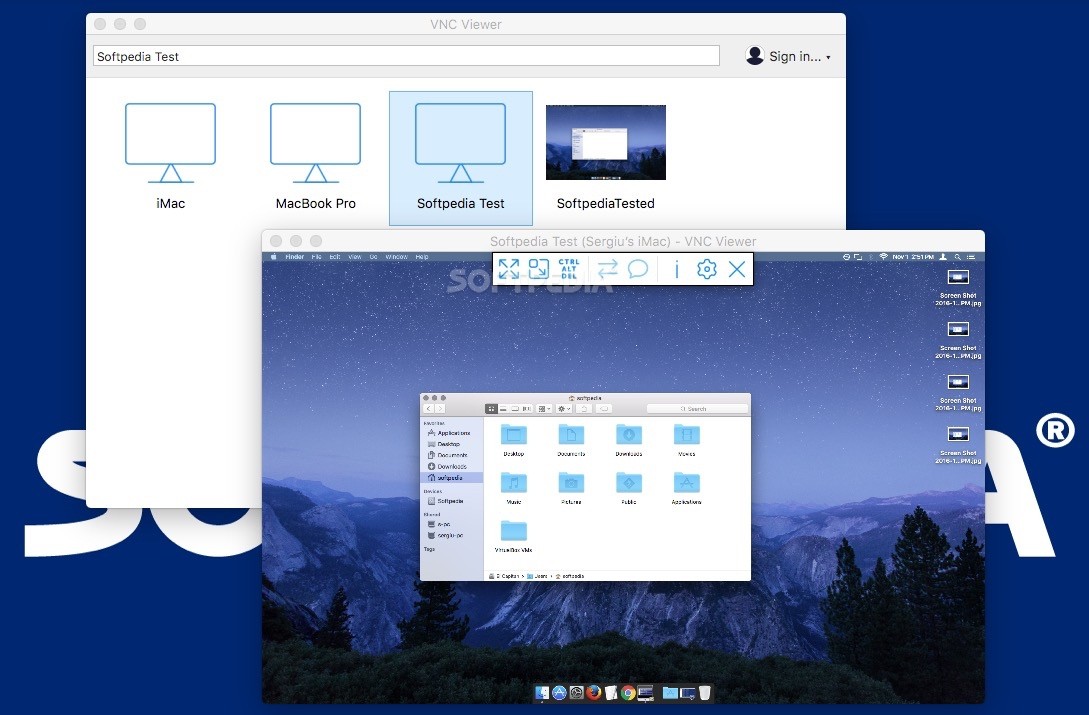

- #Rdp client for mac os x for mac os x#
- #Rdp client for mac os x install#
- #Rdp client for mac os x full#
- #Rdp client for mac os x windows 10#
#Rdp client for mac os x for mac os x#
Remote Desktop Connection Client 1.0 3 For Mac Os X 10.7.Remote Desktop Connection Client 1.0 3 For Mac Os X 10.5.8.Here is the technet article, if the direct link ever changes to the beta, hopefully it will be updated thanks for pointing us in this direction, and I apologize for using the word 'useless' frustrating was probably a better word. i've not tried it out yet, so not sure what else might be missing. In this case, MS was helpful enough to post a direct link via a technet article I found doing a google search.Īccording to technet article this beta does not have all the features of the release version one feature that is missing that is mentioned is remote access to resources is not available. Open the “Sharing” preference panel and check the box next to “Screen Sharing.Everyone, here is a link, don't know how 'permanent' it is:Īs I suspected, unless you have a hockeyapp user account, you would never find this, unless you were given the direct URL. Just like with Windows, you first have to set up your Mac for screen sharing. You’re not going to be able to use Remote Desktop, but that’s okay because there’s a free client called RealVNC viewer that does the trick nicely. You can use remote desktop to check on a job’s progress or start tasks without actually being physically at the machine.Ĭonnecting to a Mac from a Windows PC is a little different. For example, your Windows PC may be a super beefy machine you use to do compiling or rendering.
#Rdp client for mac os x windows 10#
If we want to mess with our Windows 10 test machine, we don’t need to actually be there.Īs we mentioned, being able to connect to a Windows machine is a pleasant convenience.

Once you’ve successfully connected to your Windows PC from your Mac, your Windows desktop will appear. Remember, if you didn’t previously enter anything in the connection credentials, you will see the login screen when you first connect. To confirm changes to your certificate trust settings, you will need to enter your system password. If you don’t want to see this warning dialog in the future, click “Show Certificate” and then check the “Always trust …” option as shown below. When you connect to a new client, you’ll likely see a Verify Certificate dialog.
#Rdp client for mac os x full#
The rest of the Remote Desktop connection’s settings concern resolution, colors, and full screen options. The advantage of using the computer name over an IP address is that the name remains the same unless you change it, whereas IP addresses can change from time to time. If you can’t remember what you named your computer, you can find that information on the “System” control panel. In the command prompt, type “ipconfig” and hit “Return.” You want to use the IPv4 address it gives you. Use the keyboard shortcut “Windows + R” and then type “cmd” to open a command prompt. If you want to know what your PC’s name and/or IP address is, you need to check. Also, if you do not want to enter your user name and password every time you connect, you can add them to the “Credentials.” Not entering any credentials means that when you connect to your Windows machine, you will need to log into an account. We don’t worry about configuring a gateway because we’re connecting to our PC within our local network. Next to “Connection name” we give it a friendly name while the “PC name” is either the name we gave our target PC or its IP address. Let’s take a moment, however, to click “Edit” and show you what’s involved. In our example, we’ve already set up a user profile, which is ready for action. Remote Desktop will be installed in your Mac’s Application’s folder.
#Rdp client for mac os x install#
You also want to make sure you install the Microsoft Remote Desktop client on your Mac. Open the System Properties and click the “Remote” tab, then make sure “Allow remote connections to this computer” is enabled. To connect to a Windows PC, you must first turn on remote connections. OS X and Windows have this ability built right into them, meaning you can easily share your Mac’s screen with Windows PCs, and vice versa.Ĭonnecting to Windows PC Clients from a Mac

Sharing your screen remotely is a convenient way to access another computer as if you’re sitting in front of it.


 0 kommentar(er)
0 kommentar(er)
